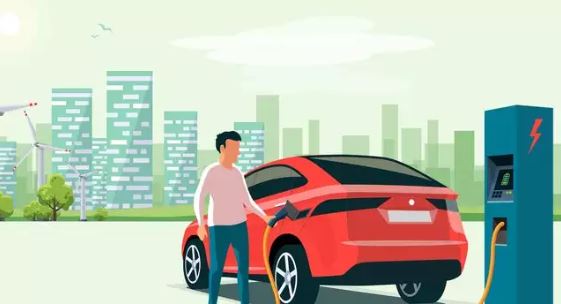EV manufacturers and network providers claim that they have learned from the mistakes of 2022 and are ready to give passengers a more secure and safe experience.
The ultimate test of EVs, especially two-wheelers, will happen once more with the start of summer in 2019, as India goes passionate about the adoption of EVs. EV manufacturers and network providers claim that they have learned from the mistakes of 2022 and are ready to give passengers a more secure and safe experience.
In the first half of 2022, dozens of EVs caught fire, some even in showrooms, causing some injuries and prompting numerous investigations from the government and relevant ministries. New regulations for EV manufacturers were published by the government in October, and they include more stringent safety standards for battery cells, battery management systems (BMS), onboard chargers, battery pack designs, and thermal propagation due to internal cell short circuits that result in fire.
The adoption of EVs is increasing, and they are ready to offer passengers a secure and safe experience due to the growing need to lessen dependency on imported oil and rapidly depleting fossil resources.
The adoption of EVs is increasing, and they are ready to offer passengers a secure and safe trip due to the growing need to lessen dependency on imported oil and the rapidly depleting fossil resources.
Another factor contributing to the increase in EV demand is their low emission level, which is expected to fuel market revenue development over the course of the projection period.
EVs emit fewer air pollution and carbon emissions than other petrol or diesel-powered cars.
These cars don’t emit harmful emissions or smoke into the air, which helps maintain a sustainable environment. As a result, there is intense competition between brands in India’s lucrative market for electric two-wheelers, three-wheelers, and four-wheelers.








